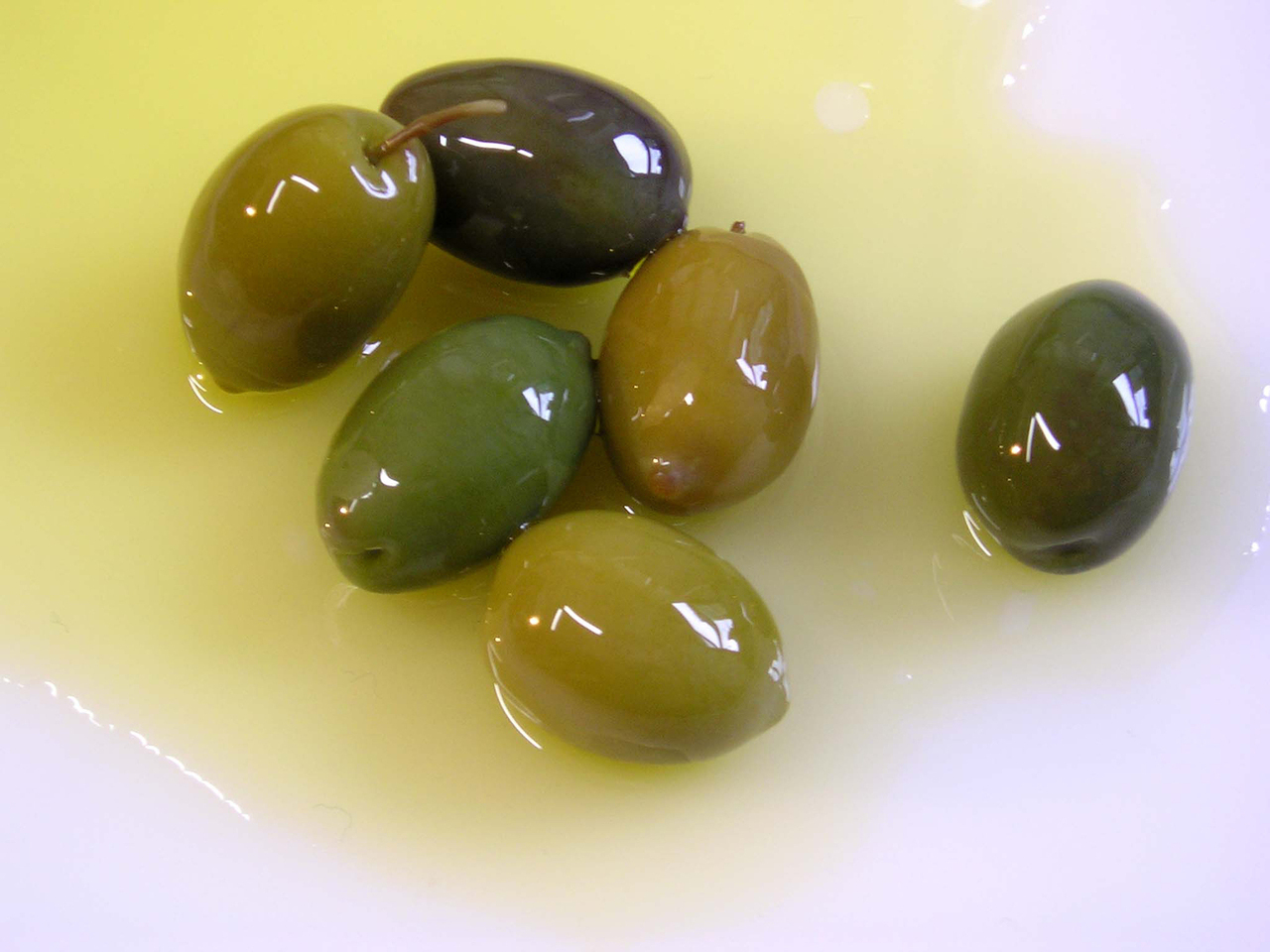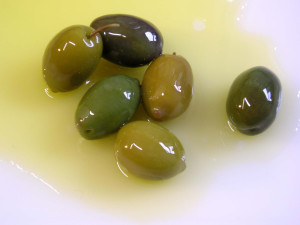
COOKING WITH OLIVE OIL AND EATING OLIVES
The Sickle Cell blog is about healthy living and so, today, I want us to look further at the benefits of eating olives or cooking with olive oil.
In traditional herbal medicine practices, preparations from olives and olive leaves have often been used in treatment of inflammatory problems, including allergy-related inflammation. New research may help explain how olives work to provide us with anti-inflammatory benefits, especially during circumstances involving allergy. Olive extracts have now been shown to function as anti-histamines at a cellular level. By blocking special histamine receptors (called H1 receptors), unique components in olive extracts may help to lessen a cell’s histamine response.
The vast majority of olive phytonutrients function as antioxidants and help us avoid unwanted problems due to oxidative stress. “Oxidative stress” is a situation in which our cells are insufficiently protected from potential oxygen damage, and oxidative stress can often be related to an insufficient supply of antioxidant nutrients. Olives are a good source of the antioxidant vitamin E, and they also contain small amounts of antioxidant minerals like selenium and zinc.
Water-curing
Water-curing of olives—just like the name suggests—involves submersion of the olives in water for a period of several weeks or longer. Water-cured olives typically remain slightly bitter because water-curing removes less oleuropein from the olives than other curing methods.
Brine-curing
Brine-curing involves the submersion of olives in a concentrated salt solution. Greek style olives in brine and Sicilian style olives in brine are examples of brine-cured olives. Brine-curing can take many months, and olives often undergo fermentation during the brine-curing process. Many changes in flavor and phytonutrient composition can take place during the brine-curing process.
Lye-curing
Lye-curing involves the submersion of olives in a strong alkali solutions containing either sodium hydroxide (NaOH) or potassium hydroxide (KOH). Lye-curing usually occurs in a series of sequential steps.
Curing is not the only factor that can influence the color of an olive, and it’s worth pointing out that olive color does not automatically indicate anything about the curing process. Many olives start off green and turn black on the tree when fully ripe. Other olives start off green on the tree, remain green when fully ripe, and can only be darkened by curing and/or air exposure. Still other olives start of black on the tree and remain black at full maturity.
http://www.whfoods.com
The phytonutrient in olive oil, oleocanthal, mimics the effect of ibuprofen in reducing inflammation.
We now know that a diet rich in monounsaturated fats such as the ones found in olive oil, nuts and seeds actually protects from many of these chronic diseases.
A diet rich in olive oil may actually be able to slow down the aging of the heart. It is a known fact that as we grow older the heart also goes through a normal aging process. The arteries may not function as well as they did and this can lead to a number of health problems.
Olive oil supplementation was found to positively affect the thickness of bones. Olive oil will not be the only solution in the continuing fight against postmenopausal osteoporosis, however scientists have concluded that it is a very promising candidate for future treatments of the disease.
Researchers recently discovered that a higher intake of olive oil and polyunsaturated fats found in fatty fish and vegetable oils was associated with a lower risk of depression.
http://www.oliveoiltimes.com







